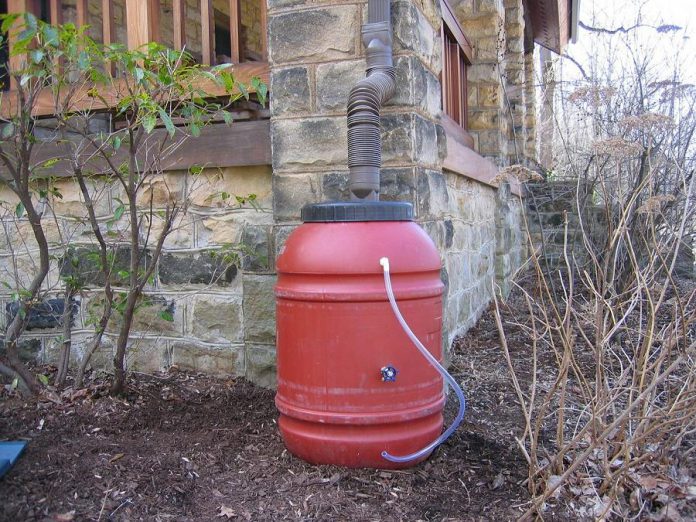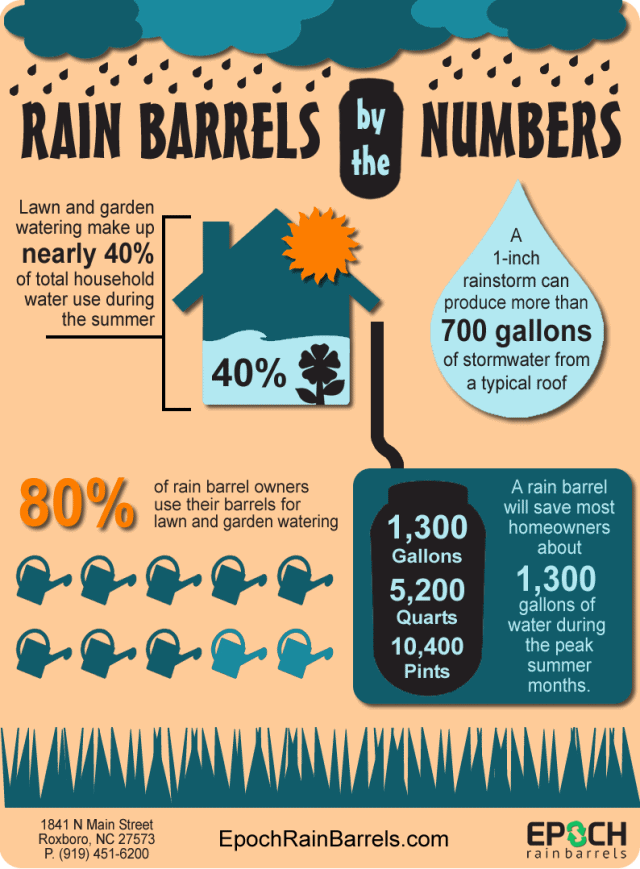
I was recently reading an article about the devastating drought affecting California. The city of Palm Springs was highlighted, as it has become a literal oasis in a desert.
Surrounded by a dry and barren landscape, the city is home to more than 100 golf courses, all with lush turf, and has streets lined with homes featuring beautiful green lawns and swimming pools. The city is also home to popular water park, infrastructure that was put in place when water was far more plentiful.
The average Palm Springs resident uses 221 gallons of water per day — that’s 144 more gallons than the average resident of other California cities. The municipality knows this high rate of water use can’t continue, has ordered city facilities to cut water use by 50% by 2020, and has asked residents to cut back usage by 30% on a voluntary basis.
Watering lawns is one of primary uses of water. To combat this, the city instituted a unique “turf buy back” program. Participating residents are paid to replace their lawns with landscaping that is more suited to the desert and consumes less water.
Here in Ontario, drought isn’t a big concern, but we certainly can see prolonged periods of dry weather during the summer months. These extended periods without rainfall mean we must depend on other means to water lawns and gardens, keeping them lush and beautiful.
One of the most effective ways of storing rainwater for drier times is with the use of rain barrels. Collecting water on rainy days and storing for use later in the garden can go a long way when it comes to keeping down our overall water usage — especially important for those in the city and on metered water.
To catch the water, connect the barrel to your downspouts and rainwater from the roof will flow directly into it. If you feel that one barrel may not be enough, connect barrels to multiple downspouts to meet the demand. Most barrels come equipped with an overflow feature so that, if it becomes too full, water won’t flow over the top.
Install your rain barrel on a strong level surface as it can weigh up to 1200 pounds when completely filled. A patio or paving stone is ideal. If the barrel is slightly elevated, a hose can gravity-feed water to a garden or lawn.
Mosquitos are a big concern and may discourage some people from buying a rain barrel, due to the pest’s habit of laying eggs in standing water. To limit mosquito breeding, ensure that your barrel is mosquito proof. Most manufactured rain barrels come with screening to keep the bugs out.
A fact many aren’t aware of is that GreenUP sells rain barrels in our GreenUP Store. Better still, they’re recycled. Formally olive barrels, they were retrofitted to collect and store rain water for personal use. Peterborough Utilities customers save $25 on rain barrels purchased from GreenUP.
As previously mentioned, mosquitoes are a concern for many, but GreenUP’s barrels are double screened on the top, preventing the insects from getting inside to lay eggs. Each barrel has a metal spigot at the bottom to attach a garden hose, as well as an overflow pipe on the side to drain off excess water.
Once you’ve purchased your rain barrel and have it installed, maintenance is easy — but important. It’s recommended you clean and maintain your eavestroughs and downspouts to keep them clear of leaves and other debris. If leaves cover the top of the barrel, it can clog it and prevent water from entering.
Another important step to remember is winterization. The barrel must have the water drained from it before it can freeze, to prevent the plastic from cracking. Store the barrel upside down to prevent water from building up inside.
If rain is in the forecast in the days ahead, empty your barrel to take advantage of the fresh water and prevent it from overflowing. Even if you don’t need to water your gardens, the water can be emptied on any permeable surface where it can infiltrate the ground. Drain your rain barrel before each period of wet weather to allow for full capacity storage of fresh water.



























